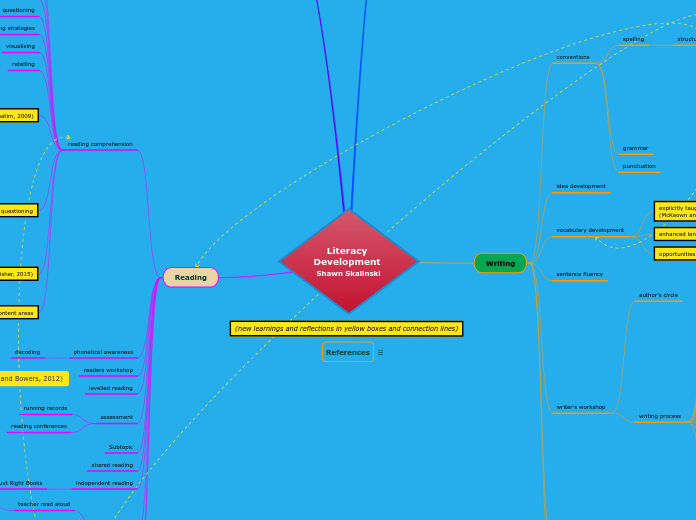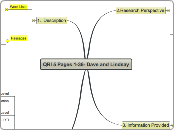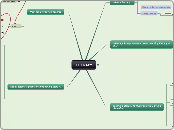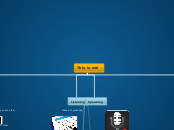References
References:
Beck, I. L., & McKeown, M. G. (2001). Text talk: Capturing the benefits of read-aloud experiences for young children. The Reading Teacher, 55, 10-20.
Faver, S. (2008). Repeated reading of poetry can enhance reading fluency. Reading Teacher, 62(4), 350-352.
Fisher, D. & Frey, N. (2015). Selecting Texts and Tasks for Content Area Reading and Learning. Reading Teacher, 68(7), 524-529. DOI: 10.1002/trtr.1344
Graham, S., & Harris, K. R. (2016). A path to better writing: Evidence-based practices in the classroom. The Reading Teacher, 69, 359-365. DOI: 10.1002/trtr.1432
Harris, K. R., Graham, S., Friedlander, B., & Laud, L. (2013). Bring powerful writing strategies into your classroom! The Reading Teacher, 66, 538-542.DOI: 10.1002/TRTR.1156
Knatim. Summarization 6 reciprocal teaching pt 1. YouTube. (2009, March 4). https://youtu.be/8oXskcnb4RA
Lane, H. B., & Allen, S. A. (2010). The vocabulary rich classroom: Modeling sophisticated word use to promote word consciousness and vocabulary growth. The Reading Teacher, 63, 362-370.
Mayer, R. (2008). Learning to write. In R. Mayer, Learning and Instruction (2nd. Ed. pp. 120-151) Upper Saddle River: Pearson.
McKeown, M. G., Beck, I. L. (2011). Making vocabulary interventions engaging and effective. In R. E. O’Conner, & P.F. Vadasy, (Eds.). Handbook of reading interventions (pp. 138-168). New York, NY: Guilford Press.
Pollard-Durodola, S., & Gonzalez, J. E., Simmons, D. C., Davis, M. J., Simmons, L., & Nava-Walichowski, M. (2011). Using knowledge networks to develop preschoolers’ content vocabulary. The Reading Teacher, 65(4), 265-274. DOI: 10.1002/TRTR.01035
Rasinski, T. V., & Samuels, S. J. (2011). Reading fluency: What it is and what it is not. In S. J. Samuels & A. E. Farstrup (Eds.), What research has to say about reading instruction (4th ed., pp. 94-114). Newark, DE: International Reading Association.
Reading Rockets. (2014, April 16). Reading as Dialogue [Video]. YouTube. https://www.youtube.com/watch?v=yNi2huTBaP8
Stahl, K. A. D. (2004). Proof, practice, and promise: Comprehension strategy instruction in the primary grades. The Reading Teacher, 57, 598-609.
(new learnings and reflections in yellow boxes and connection lines)
Literacy Development Shawn Skalinski
Reading
Morphology
guided reading
read aloud
Repeated Reading (Faver, 2008)
interactive storytelling
student read aloud
teacher read aloud
model prosody (Rasinski, 2011)
independent reading
Just Right Books
shared reading
Subtopic
reading conferences
running records
levelled reading
readers workshop
phonetical awareness
decoding
reading comprehension
Content areas
vocabulary and concepts built around thematic units (Pollard et al., 2011)
information and narrative text concept and vocabulary combination (Pollard et al., 2011)
Text consideration (Fisher, 2015)
Teacher-led questioning
QAR approach (Stahl, 2004)
On My Own
Author and You
Think and Search
Right There
lower to higher order questioning
Reciprocal Teaching ((Knatim, 2009)
clarifying
summarizing
retelling
visualising
visible thinking strategies
questioning
predicting
recall
inferencing
Main topic
Speaking
Read alouds
Dialogic Thinking (Reading Rockets, 2014)
Text Talk: (Beck & McKeown, 2015)
Writing
assessment
writing conferences
writing rubrics
presentation
writer's workshop
writing process
3 components (Mayer, 2008)
reviewing
detection and correction of errors, internalize revision process
translation
converting ideas into words
planning
development of organization and generation of content
students write about topics they know about or have researched (Mayer, 2008)
30 minutes a day (Graham and Harris, 2016)
self-regulating the writing process (Harris et al., 2013)
Goal setting SRSD (Harris et al., 2013)
publishing
excellent ends
magnificent middles
brilliant beginnings
on demand prompt
author's circle
sentence fluency
vocabulary development
opportunities to apply new language (Land & Allen, 2010)
enhanced language as year progresses (Land & Allen, 2010)
explicitly taught -- ex. Sample Instructional Sequence (McKeown and Beck, 2011).
idea development
conventions
punctuation
grammar
spelling
structured word inquiry
marker vowels
morphemes
matrices
suffixes
prefixes
bases
bound bases
etymology
phonemes
graphemes
single letter graphemes
digraphs
trigraphs









